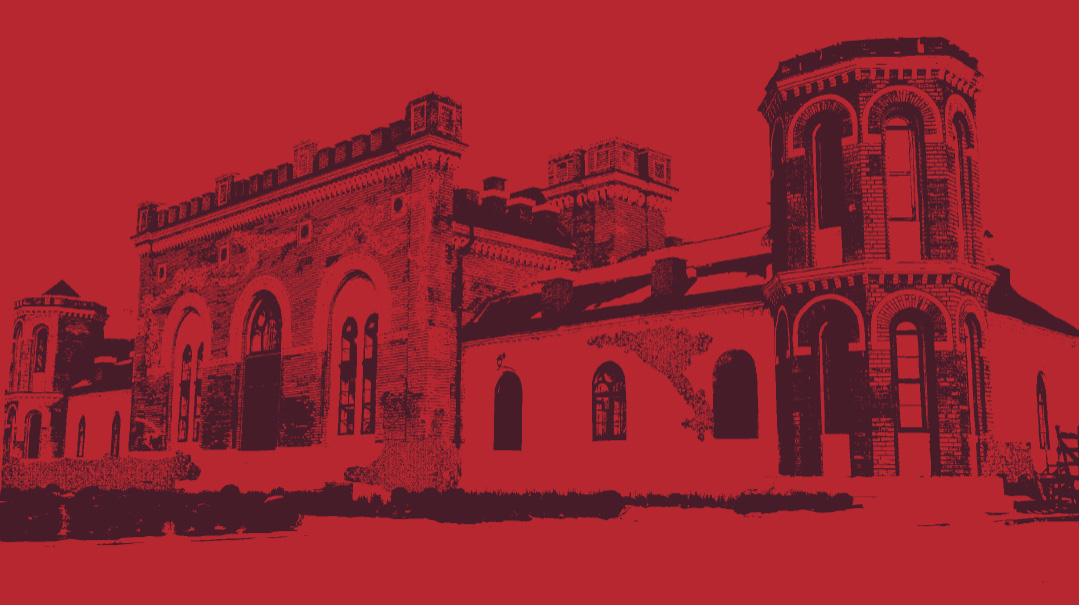Silent to Safeguard
| December 6, 2022Rebbe Yisrael of Tchortkov’s secret plan to bolster American Jewry

Photos: Mishpacha archives
Instead of merely lamenting the fallen spiritual level of his brethren in America at the turn of the 20th century, Rebbe Yisrael of Tchortkov had a plan: Perhaps it would be possible to send several esteemed rebbes to the spiritual desert that was the goldeneh medineh and influence the masses? The blueprint looked good on paper and his two nephews agreed — but would it work in real life?
ITwas no secret that staying Torah-observant in the “treife medineh” of America at the turn of the 20th century was a heroic feat most European immigrants couldn’t endure. Rumors reached Europe that it was difficult, if not impossible, to raise a family of yerei Shamayim in the goldeneh medineh, since everyone was focused on amassing money, or at least staying afloat. And World War I only intensified the desperation, as masses of Eastern European Jews who had been uprooted from their homes and had lost their livelihoods found no other recourse than to emigrate overseas.
The spiritual situation of the struggling Jewish People in this New World, which at that time had a very paltry religious infrastructure and rabbinic leadership, gave many European rabbanim and rebbes no peace. One of those rebbes was Rebbe Yisrael of Tchortkov, a grandson of Rebbe Yisrael of Ruzhin. (The sons and sons-in-law of the “Heilige Rizhiner” established the courts of Sadigura, Skver, Stefanesht, Vizhnitz, Husyatin, and Tchortkov, and grandsons established the courts of Boyan and Bohush.)
Rebbe Yisrael of Tchortkov’s father was a son of the Rizhiner, Rebbe Dovid Moshe of Tchortkov, and his father-in-law was his father’s brother Rav Avraham Yaakov, the first Rebbe of Sadigura (in other words, Rebbe Yisrael married his first cousin, both of them grandchildren of the Heilige Rizhiner).
But instead of merely lamenting the fallen spiritual level of their brethren in America, Rebbe Yisrael of Tchortkov sought a way to help rectify the situation. He knew that the way to strengthen the masses and stem the tide of assimilation was by establishing educational institutions and yeshivos — but he was far away in Eastern Europe. Perhaps, he thought, it would be possible to bring several rebbes of refined character and esteemed stature to the spiritual desert that was America at the time (most of the Rebbes who settled in America came only after World War II).
The Tchortkover Rebbe knew his plan was unusual, and understood every rebbe who refused to take such a precarious step. And so, he set out to prepare a detailed blueprint that would preserve the spiritual level of the selected rebbe and his family, while at the same time enabling the rebbe to have as much influence on the surrounding Jews as possible. Today, of course, we don’t have a written outline of the plan, but we can piece together parts of it from a tradition passed down by the chassidim, and by putting together the details of the lives of the two rebbes who were sent by Rav Yisrael, as recorded by their confidants.
Oops! We could not locate your form.







